The election of Donald Trump left many students in Aaron Case’s eighth grade English class at a loss for words. To many who had followed the presidential campaign, it appeared to be the beginning of a new age where tweets, online trolls, and fake news accounts bypassed professional journalists to reach the public. Indeed, millions of Americans continue to take Trump’s off-the-wall claims as gospel without fact-checking them.
Case wanted to equip the young minds in his class with the tools to identify fake news stories, but he also wanted his students to understand how to navigate the complex world of online media. Shortly after 2016, he crafted a five-week unit on news media and journalism.
“We started by identifying fake versus real news stories,” Case said. “It was mind-blowing to see how easy it is to disguise your website” as a mainstream publication.
That journalism unit at Harmony School of Innovation, a Fort Worth charter school, is now in its third year. Case’s sophomore students have covered topics such as confirmation bias (the tendency for media consumers to seek out news that reflects their worldview) and political bias among various news outlets. When TCU sports journalism student Garrett Podell and I recently stopped by to speak to his class, around 25 eager minds engaged me with thoughtful and timely questions.
“How has your job changed in the current hostile environment toward journalists?” one teenage boy asked. I explained that nothing has changed in my day-to-day tasks, other than the fact that online trolls feel more emboldened to mock or attempt to delegitimize some of my stories. Podell and I agreed that reporters could serve their professions well by engaging with the public and describing the important reporting they do.
The class worked in groups of four or five. Each team had chosen a story that had broken the month before, carefully analyzing how different media outlets framed and followed it. The students had a good grasp for which outlets were either news-focused or more focused on the entertainment/sensationalism side of reporting. They had developed a formula for quantifying bias by comparing opinionated wording against the total word count. One table was tracking the government shutdown, specifically how immigration played into the reporting. We had a lively discussion about how word choice (“immigrant,” “asylum seeker,” “refugee,” “undocumented resident,” “illegal aliens,” and “illegals”) can frame how Americans view the men, women, and children who seek refuge in this country.
Case said he was surprised to find similarities between fake news websites and fringe left- and right-leaning publications. One common denominator they share? Shocking headlines. Readers would do well to question articles with over-the-top headlines, he said. Rather than becoming jaded, Case said his students are engaging with news media and incorporating the morning news into their daily routines. Case’s class shows that eighth, ninth, and 10th graders can handle the complicated journalism issues that go beyond organizing high school yearbooks.
I asked some of the students to list their most shocking findings. Sophomore Guangshun Chen was surprised to learn how language can shape a story.
“Many of the articles all have some shape or form of bias, and this project has made me realize that these biases all have some effect on the reader,” he said.
This insight has helped him “understand why finding true and unbiased sources is important.”
Sophomore Jude Dino said he learned that not every source can be trusted. Many of the media sites he examined use “negative diction” to emphasize their points, he said.
Case didn’t set out to teach a three-year course on news media. He transitioned to teaching high school just as his middle-school students were entering ninth grade. That bit of good luck, plus the evolving media landscape, has given his 50 students a unique opportunity to delve into how media is created, disseminated, and consumed.
“I want [my students] to feel they have control [over how they gather information] rather than being duped,” Case said. “My hope is that we can be a more literate society — one that is able to cross-check our sources. We are not [helpless] at the hands of a force that makes these decisions for us.”



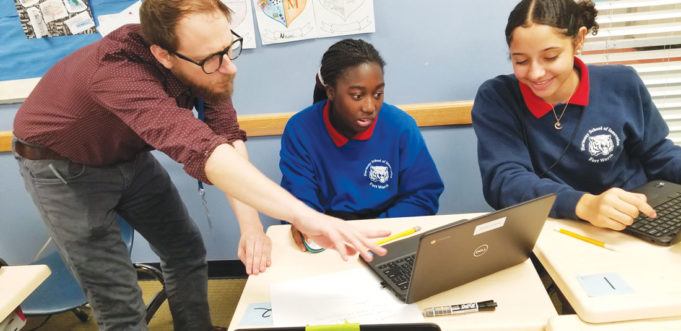
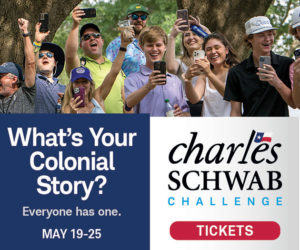
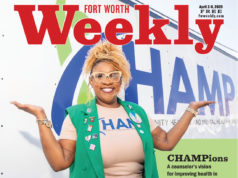
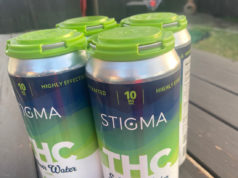
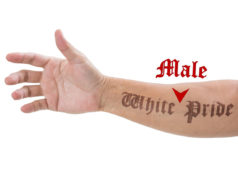





Get them while they’re young eh Liberals?
Hi Jim! I’m the teacher mentioned in the article. What was cool about the project was that the kids discovered that both left and right-leaning news sources had an equal amount of charged diction. In fact, a number of groups, after crunching the numbers, decided that CNN had the most frequent use of charged diction! I think the biggest take-away was that it’s important to remain skeptical, and not just ascribe to one news source for everything. I think both “Liberals” and “Conservatives” would both agree on how important that is 🙂